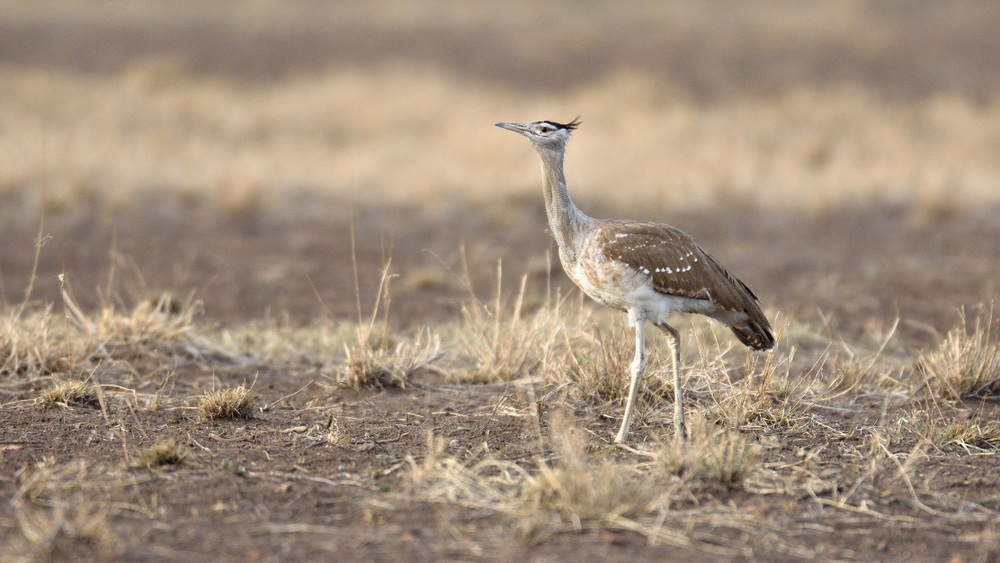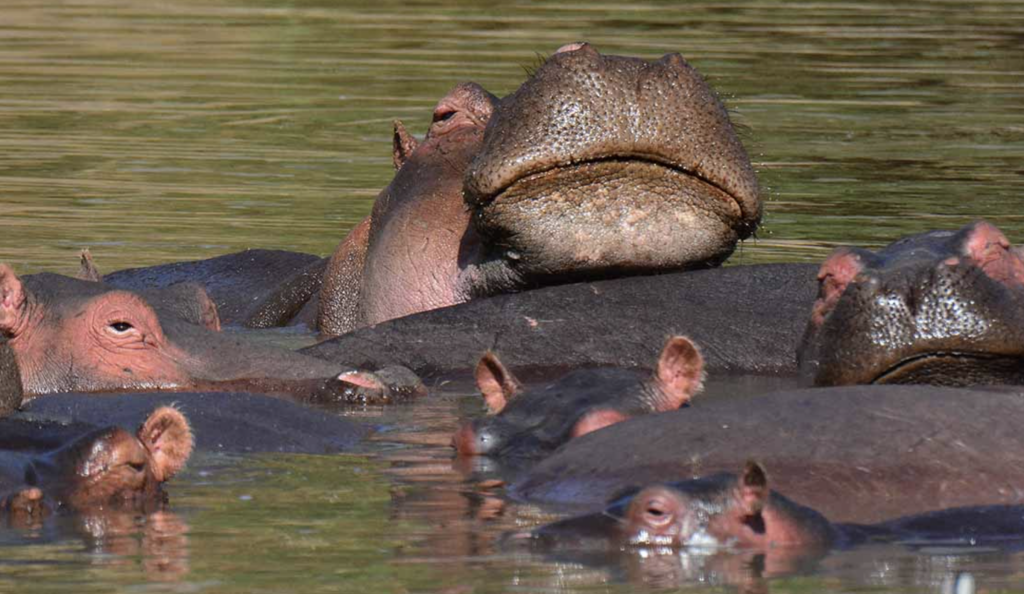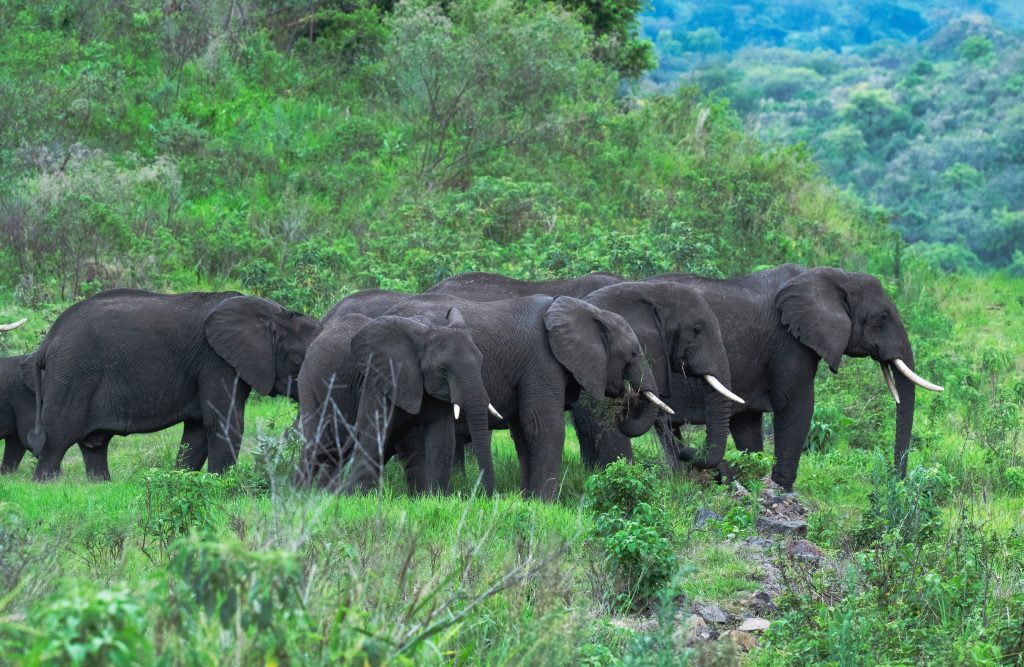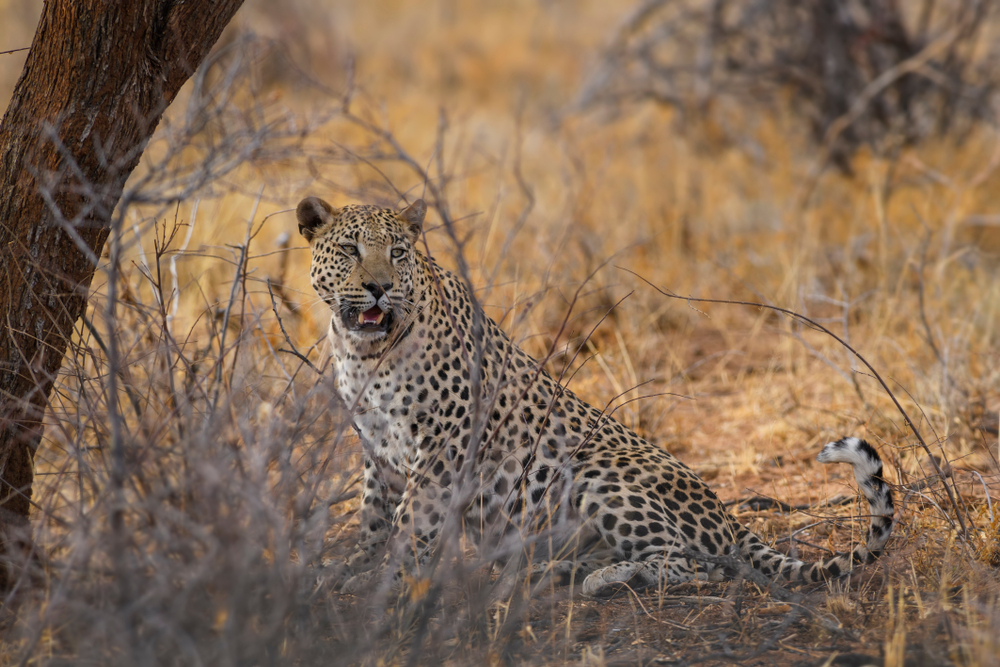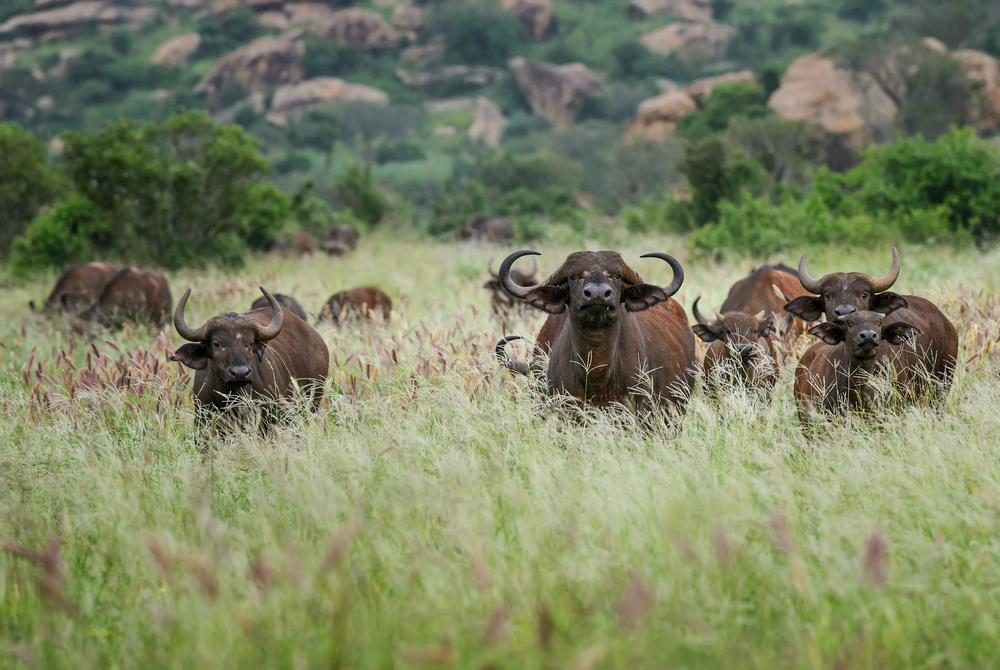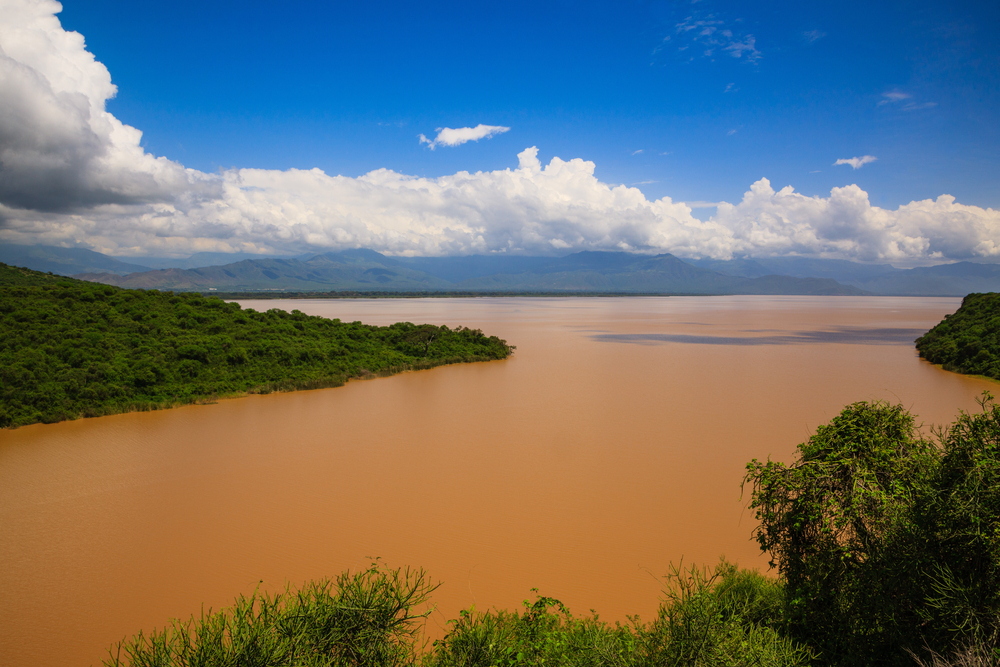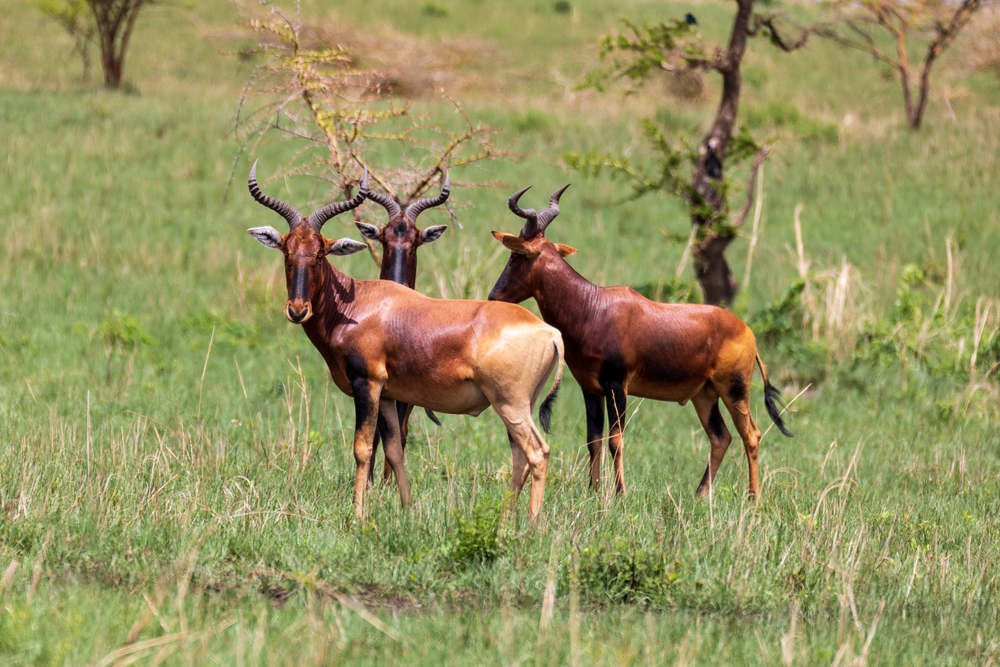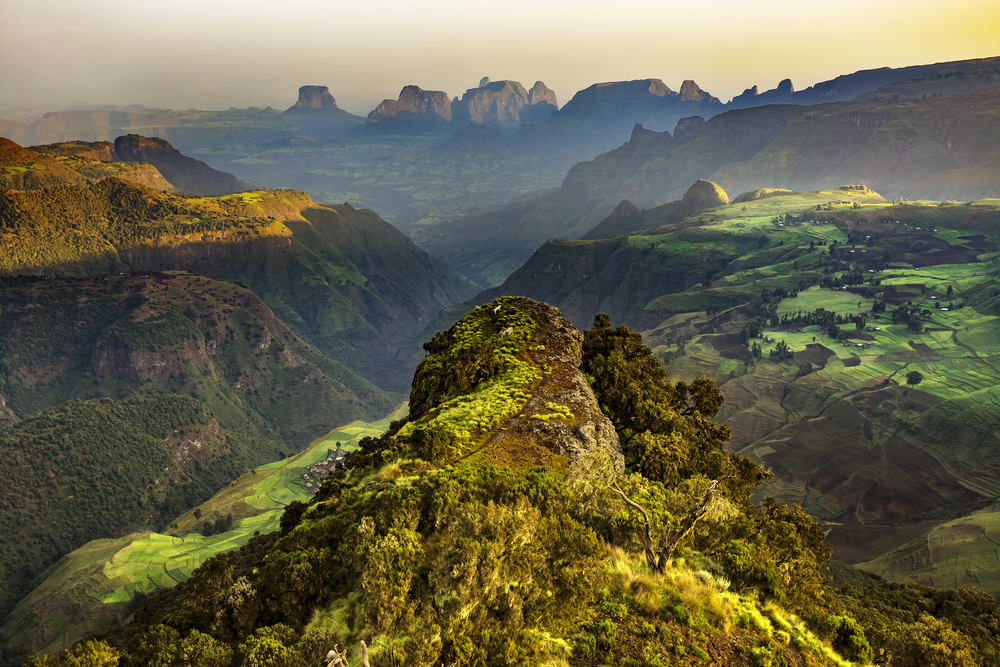Yangudi Rassa Overview
Yangudi Rassa National Park, located in Ethiopia’s Afar Region, is a vital protected area established to conserve the unique ecosystems and biodiversity of the arid lowlands. Locally referred to as “Yangudi Rassa Natonal Park”, the park spans approximately 4,730 square kilometers (1,826 square miles). It lies within the Great Rift Valley, near the borders of Djibouti and Eritrea, making it an ecologically significant area in the Horn of Africa. Yangudi Rassa was designated primarily to protect the critically endangered African wild ass, one of the park’s most iconic species.
The park’s terrain is predominantly flat, consisting of vast plains interspersed with dry riverbeds, rugged hills, and scattered volcanic outcrops. The Yangudi Mountain, from which the park derives part of its name, adds a dramatic backdrop to the arid landscape. Seasonal rivers, including the Awash River, flow through the park, creating temporary wetlands during the rainy season. Vegetation is sparse but varied, with acacia woodlands, shrubs, and grasses dominating the landscape. During the dry season, waterholes become crucial for the survival of wildlife.
Yangudi Rassa is home to a variety of wildlife adapted to its harsh, arid environment. The critically endangered African wild ass, resembling a zebra in appearance, is the flagship species of the park. Other large mammals include gazelles, gerenuks, oryxes, and baboons. Predators such as cheetahs, hyenas, and jackals also inhabit the area. The park’s birdlife is diverse, with species such as ostriches, secretary birds, and Arabian bustards thriving in the open landscapes. Reptiles, including monitor lizards and snakes, are commonly found in the hotter regions.
Visitors to Yangudi Rassa National Park can explore its unique natural beauty through wildlife safaris and birdwatching tours. Trekking across the rugged terrain offers opportunities to spot wildlife and experience the stark beauty of the arid plains. Cultural interactions with the local Afar communities provide insights into their traditional ways of life and their sustainable coexistence with the environment. The park’s remote location makes it a haven for those seeking solitude and an authentic connection with nature.
Despite its ecological importance, Yangudi Rassa National Park faces significant challenges. Habitat degradation caused by overgrazing, agricultural expansion, and deforestation threatens the delicate balance of its ecosystems. Human-wildlife conflict, poaching, and limited resources for park management further jeopardize conservation efforts. The Ethiopian Wildlife Conservation Authority (EWCA), in collaboration with local and international organizations, is working to address these challenges. Initiatives include anti-poaching patrols, habitat restoration, and community-based conservation programs. Promoting eco-tourism is also seen as a sustainable way to generate revenue and increase awareness about the park’s significance.
Yangudi Rassa National Park is a testament to Ethiopia’s commitment to preserving its unique natural heritage. Its expansive landscapes, rare wildlife, and cultural connections make it an essential area for conservation and an emerging destination for eco-tourism. Protecting this park ensures the survival of its ecosystems and the iconic species it harbors for future generations.








































































